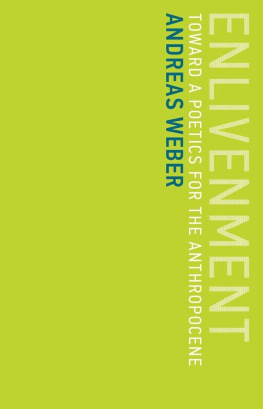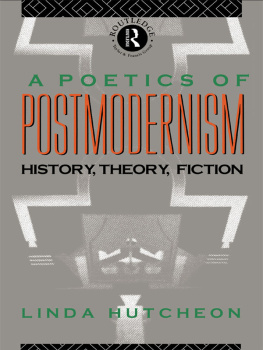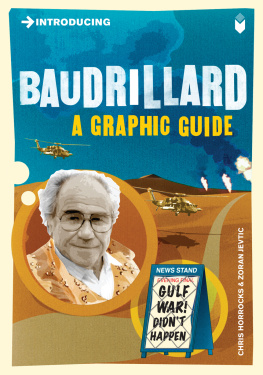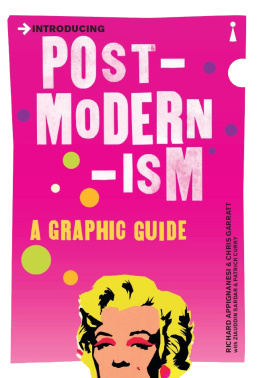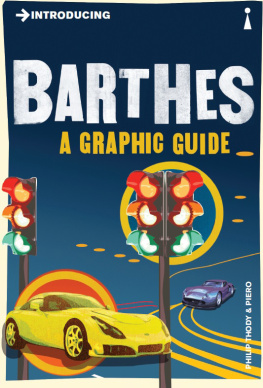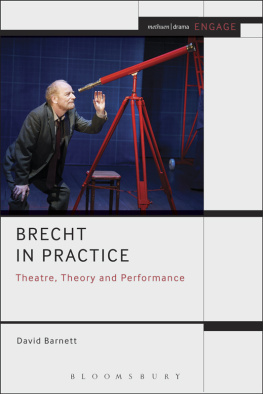This edition published in the Taylor & Francis e-Library, 2003.
All rights reserved. No part of this book may be reprinted or reproduced or utilized in any form or by any electronic, mechanical, or other means, now known or hereafter invented, including photocopying and recording, or in any information storage or retrieval system, without permission in writing from the publishers.
A catalogue record for this book is available from the British Library.
Preface
So many books have been written about postmodern culture that it may seem imprudent to add to their number. On the other hand, so many studies of the cultural climate of the last half century narrowly dwell upon the alleged postmodern crisis in Europe and America that it is time for the wider parameters of postmodernism to be identified.
This book takes as its starting point the hypothesis that the present tendency to define postmodern culture negatively, in terms of schizophrenia, superficiality, and so forth, derives from overliteral and undercritical responses to some of the more seductive overstatements by European theorists such as Benjamin, Barthes, Burger, Baudrillard, Bonito-Oliva, and Bourdieu. It identifies this tendency with the B-effect mythology or the apocalyptic register informing most European and American writings on postmodernism.
The morbid enthusiasm of B-effect converts obsessed with the apparent neutrality, decline, stagnation, submonumentality, and general obsolescence of creativity in present times is decidedly symptomatic of one facet of the postmodern mentality. So indeed are the pages of National Enquirer, Mad, and Vanity Fair. Flatearthers have also had their day and may well live to do so once again. Nevertheless, other more rewarding facets of postmodern culture also exist, and if so many cartographers of postmodern creativity fail to perceive them, then, as the American performance artist Laurie Anderson suggests, this is perhaps because theyre looking for it in the wrong place. In Andersons terms, for anyone to say that creativity is dead just says that this particular person is creatively dead.
As this book attempts to demonstrate, the literary and artistic temper of the postmodern condition in Europe and America cannot adequately be understood unless one complements B-effect generalizations with the more positive implications of the innovative creative practices that I associate with the C-effect characterizing the multimedia experiments of the American composer John Cage and other avant-garde artists.
In America these artists include Laurie Anderson, Robert Ashley, Philip Glass, Meredith Monk, Yvonne Rainer, and Robert Wilson; in Europe, technological artists such as the sound poet Henri Chopin, the telematics pioneer Roy Ascott, and the kinetic and electronic artists documented in Frank Poppers memorable Electra exhibition at the Paris Muse dArt Moderne in 1983. A second European variant of the C-effect informs the ways in which artists and writers such as Umberto Eco, Gnter Grass, Christa Wolf, Joseph Beuys, and Heiner Mller all attempt to negotiate the future by combining more traditional past and present discourses. The collaborations between Heiner Mller and Robert Wilson offer particularly striking evidence of the ways in which current cultural traditions now transcend temporal, geographical, verbal, ideological, and technological borders.
These pages are written very much in the spirit of the far-flung intertextuality that Anna Balakian has associated with my earlier work, offering a succession of strategic deliberations upon what I sense to be the most telling contradictions within B-effect scholarship and the most exciting innovations within C-effect creativity.
Hopefully they will encourage the reader to look beyond the platitudes of B-effect accounts of postmodern culture and to consider present practices in a more critical and discriminating manner. Throughout this book I have attempted to refer directly to primary rather than secondary material, and I base much of the latter part of my argument upon my own interviews with the artists and writers in question. Postmodern culture requires empirical analysis.
Notes
. Laurie Anderson, interview with author, 8 June 1991.
. Anna Balakian, review of Dada Spectrum: The Dialectics of Revolt, ed. Stephen C.Foster and Rudolf E.Kuenzli (Madison, Wis.: Coda, 1979), LEsprit Crateur 20.3 (Fall 1980): 99.
Acknowledgments
I am particularly grateful to the Faculty of Humanities, Griffith University, for its continued generous financial support for my research.
I would like to offer my acknowledgment to Robert Lax for permission to reproduce his poem A Problem in Design (first published in his Fables, ed. Emil Antonucci [New York: Journeyman Press, 1970]).
I would like to acknowledge permission from Carcanet Press Limited to reproduce lines from Edwin Morgans translation of Bertolt Brechts poem A Worker Reads, and Asks These Questions (collected in Edwin Morgans Rites of Passage [(Manchester, Eng.: Carcanet Press, 1976]).
I would further like to acknowledge permission from Chris Mann to quote from SCRATCH SCRATCH (A history of grammar) from Allos: Other Language, collected and assembled by Kenneth Gaburo, Iowa City: Lingua Press, 1980, p. 231.
It gives me great pleasure to thank all the artists and writers who have shared their time and ideas with me, particularly: Kathy Acker, Laurie Anderson, Robert Ashley, J.G.Ballard, Jean Baudrillard, Samuel Beckett, Hans Breder, William Burroughs, Warren Burt, John Cage, Henri Chopin, Bob Cobbing, Ian Hamilton Finlay, Kenneth Gaburo, John Giorno, Philip Glass, Brion Gysin, Jenny Holzer, Tim Johnson, Barbara Kruger, Robert Lax, Barry McCallion, Jackson MacLow, Chris Mann, Meredith Monk, Yvonne Rainer, Steve Reich, Edite Vidins, David Warrilow, Larry Wendt, Robert Wilson, Adam Wolter, and Ellen Zweig.
I am also extremely grateful to my friends and colleagues who have wittingly or unwittingly directed or redirected these pages upon their way: Peter Anderson, Vincent Barras, David Briers, Rex Butler, Joanne Canary, Graham Coulter-Smith, Stephen Crofts, Vera Daniel, David de Giustino, John Fletcher, Sarah Follent, Dieter Freundlieb, James Grauerholz, Michele Helmrich, Wayne Hudson, Rudolph Kuenzli, Eric Michaels, Christopher Norris, Robert Scanlan, Urszula Szulakowska, Martin Travers, Nicholas Tsoutas, and Tony Wilson.
I owe more gratitude than I can say to Diana Solano, miracle worker, for preserving equilibrium and processing pages almost as fast as they materialized during my writing frenzy of summer 1991. Likewise, I am indebted to Karen Yarrow and Robyn Pratten for patiently and meticulously keeping subsequent words in line.



